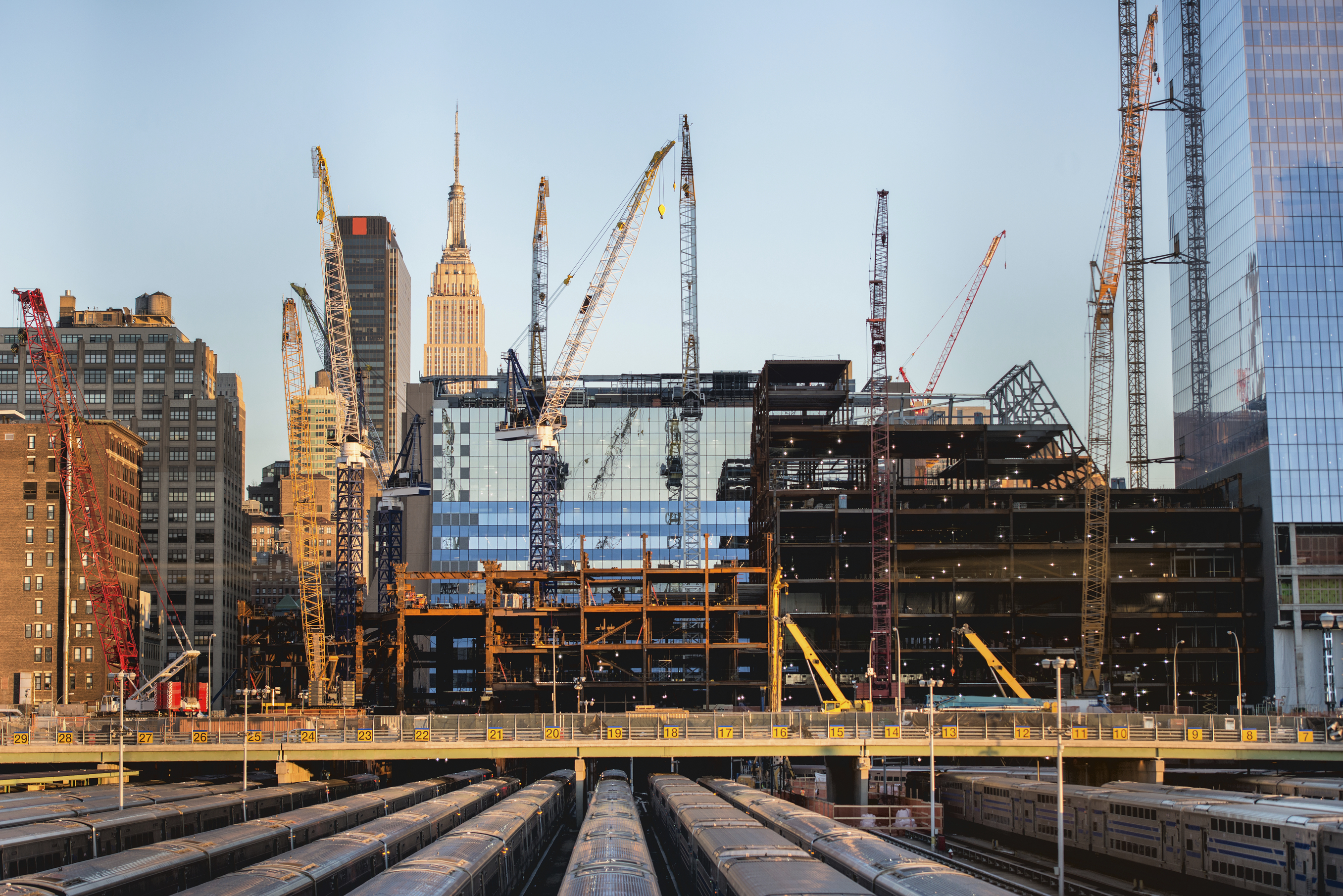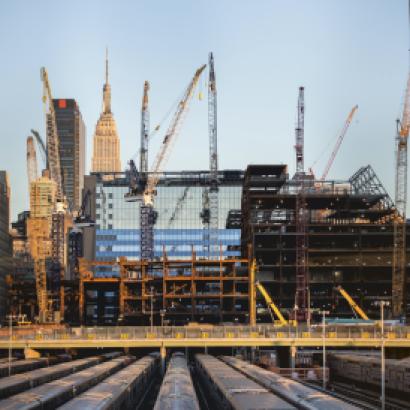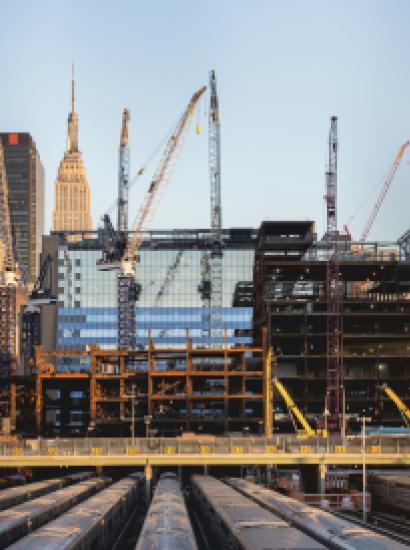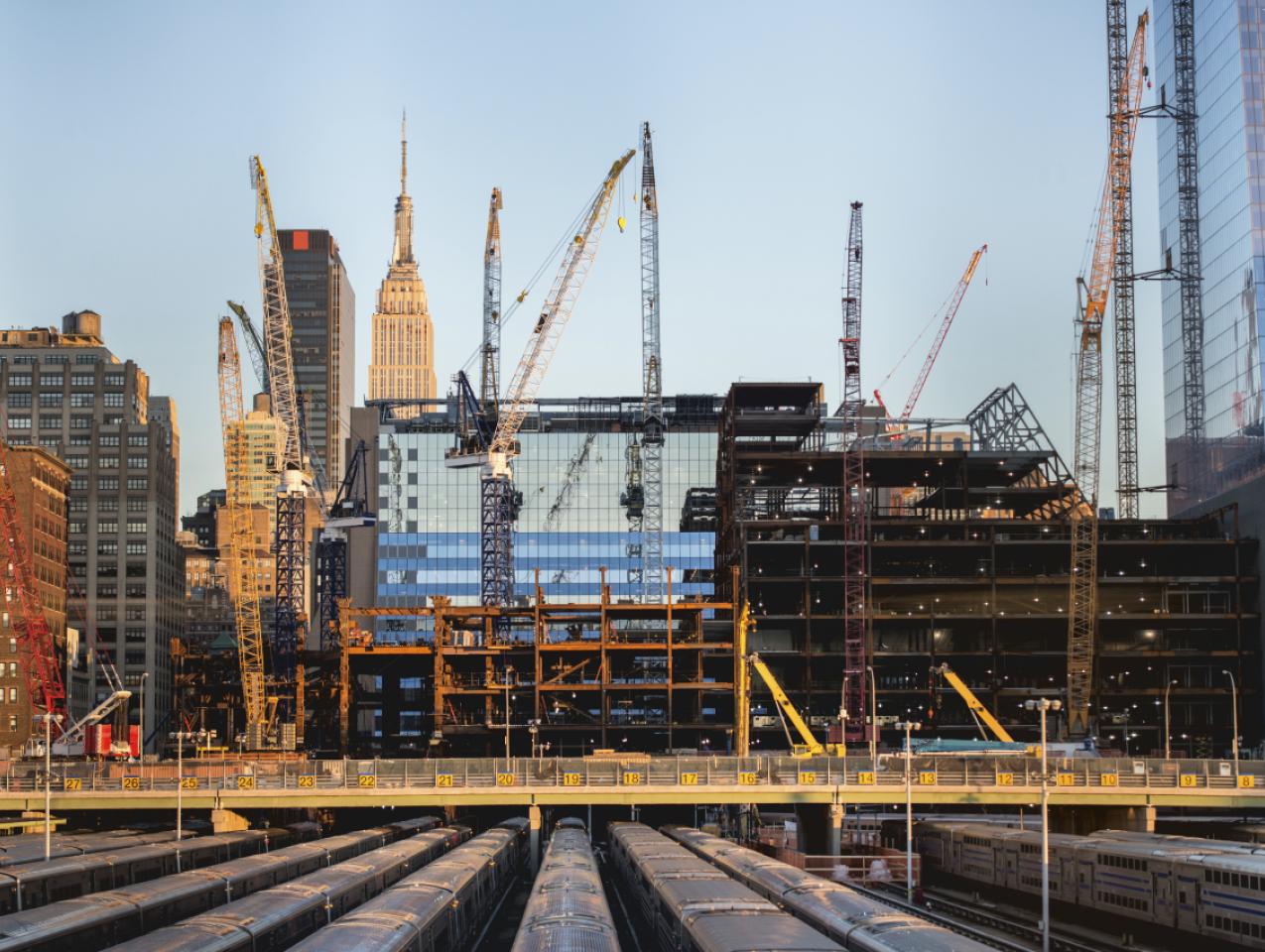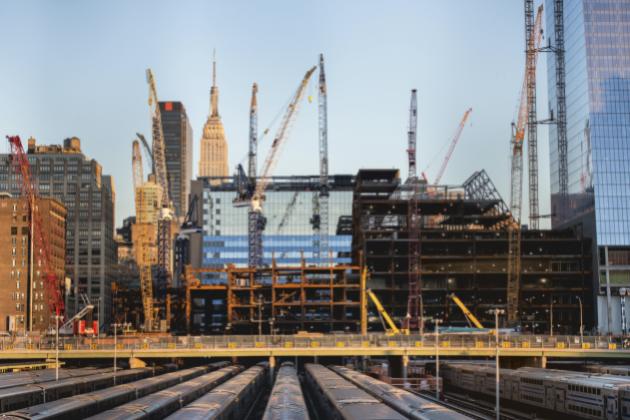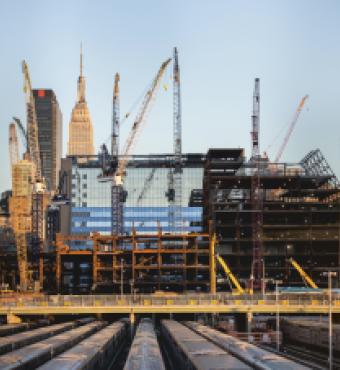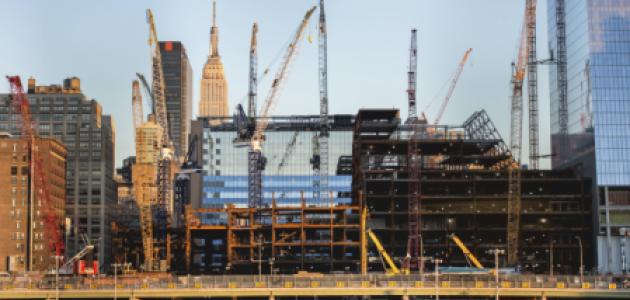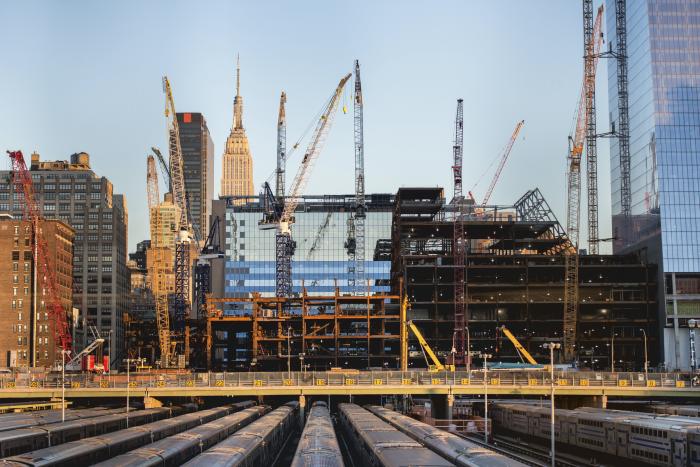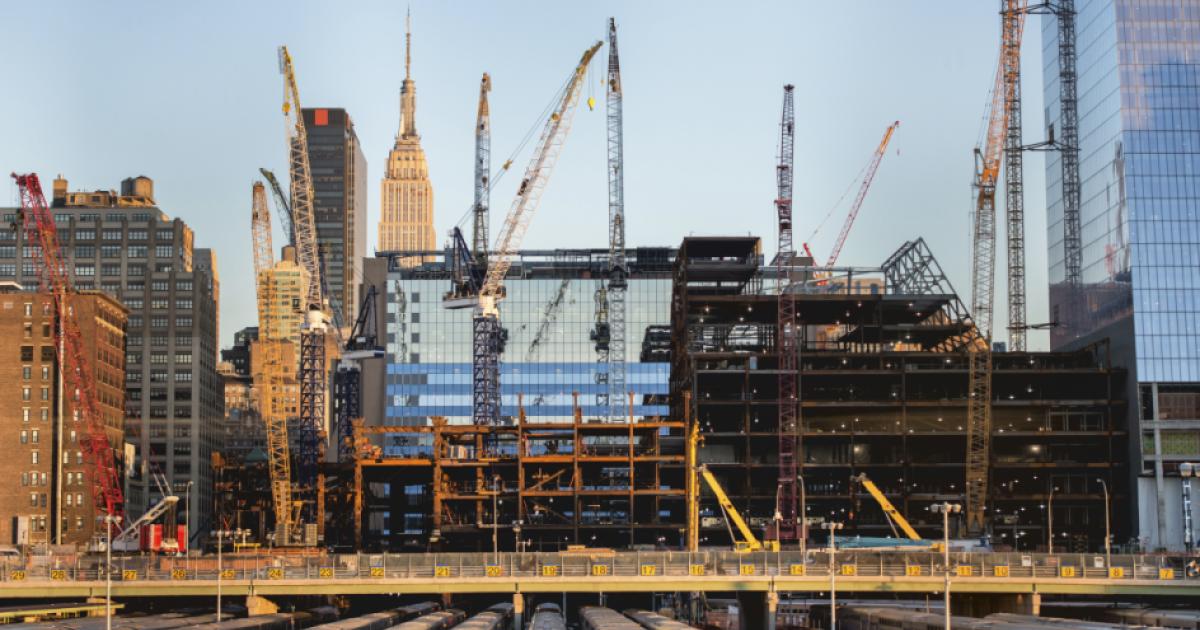- Energy & Environment
- Politics, Institutions, and Public Opinion
- The Presidency
- State & Local
- California
After the wildfires subsided in California (though parts of the Golden State are still subject to poor air quality due to residual smoke), it’s back to politics as usual in America’s largest state—meaning, a return to the fire fight between President Trump and Gov. Gavin Newsom.
The latest exchange began, on the third day of the new month, with a three-tweet presidential salvo in which Trump told Newsom that “he must ‘clean’ his forest floors.” Trump added: “Every year, as the fire’s rage & California burns, it’s the same thing–and then [California’s governor] comes to the Federal Government for $$$ help. No more.”
To which Newsom dryly replied: “You don’t believe in climate change. You are excused from this conversation.”
In a better world, there’s a higher level of discourse between the stewards of the world’s largest (that’s the United States) and fifth-largest economies (California’s claim to global fame).
To be truly utopian, one can envision a Rose Garden signing ceremony with Trump putting his signature on a piece of legislation—Newsom and House Speaker Nancy Pelosi looking on admiringly—that could benefit both his troubled presidency and California’s fortunes.
The subject of that legislation: infrastructure.
Let’s go back to three years ago at this time and the surprise image of President-elect Trump delivering a victory speech. In those remarks, Trump singled out a single piece of policy—one that wasn’t building a border wall or repealing Obamacare. “We are going to fix our inner cities and rebuild our highways, bridges, tunnels, airports, schools, hospitals,” Trump declared that day. “We’re going to rebuild our infrastructure, which will become, by the way, second to none. And we will put millions of our people to work as we rebuild.”
For Trump, it was smart politics, acknowledging an issue that attracted Democratic support (Hillary Clinton had made a big infrastructure push in August of the election year). Besides, he’d already raised the stakes pre-election by doubling Clinton’s $275 billion proposal.
But three years later, that grand vision of Republicans and Democrats coming together to create an infrastructure fund that would be supported by government bonds purchased by private-sector investors hasn’t materialized (in the first year of the Trump presidency, repealing Obamacare received top priority).
The losers due to this policy road not taken?
Trump, obviously, for not making good on a campaign promise.
But California, as well, for an opportunity missed.
As the Golden State deals with the aftermath of its latest round of devasting wildfires, it’s apparent that the future of Pacific Gas & Electric—“jump-starting” the utility’s bankruptcy talks, maybe even a state takeover—now has top billing in Sacramento.
But what of California’s ability to revamp its infrastructure so as to lessen the chances of fires breaking out in the state’s open spaces, i.e., taking existing electrical high wires and burying them underground?
According to this San Francisco Chronicle report, it costs about $1.16 million per mile to install underground distribution lines in California, compared to $448,000 per mile for overhead lines. The price rises in urban areas: $4.6 million per mile, for example, in San Jose.
And there’s a lot of land to cover. California has more than 25,000 miles of higher-voltage transmission lines and nearly 240,000 miles of distribution lines—two-thirds of the latter overhead, according to the California Public Utilities Commission. PG&E maintains approximately 81,000 miles of overhead distribution lines and approximately 26,000 miles of underground distribution lines. It also has roughly 18,000 miles of larger transmission lines, the majority of which are overhead.
So what’s the price tag for putting those 81,000 of overhead lines underground? PG&E already has done the math: at a utility-estimated $3 million per mile, it comes out at about $243 billion (as PG&E has about 16 million customers, that translates to about $15,000 per account if you make electricity customers pay the tab).
Where then to find the money?
Let’s go back to our utopian bipartisan moment between the GOP president, the Democratic California governor, and both parties’ congressional leaders huddling. For argument’s sake, let’s have the feds chip in for a healthy part of $243 billion cost for underground wires, plus encouraging investors to purchase infrastructure bonds (it was only a few months ago, pre-impeachment, that Trump and congressional Democratic leaders talked about doing a $2 trillion infrastructure deal during a White House meeting).
But what’s in it for Republicans, you might ask?
Enter House Minority Leader Kevin McCarthy, whose congressional district lies in California’s Central Valley (Bakersfield, to be exact). McCarthy might play along if enticed with a policy that could benefit his parched corner of California: water desalination that moves the precious resource from the ocean to the inland valley (it’s an idea championed by Jim Pinkerton, a Bush 41 White House staffer and one of the most innovative policy minds in America, in my opinion).
At present, there are 17 desalination plants either open or being constructed in California. In September, the US Department of Energy announced a $100 million initiative, led by Lawrence Berkeley National Laboratory, aimed at reducing the cost of desalination.
Perhaps Trump and Congress could up the ante for the Central Valley, which constantly lives in fear of the West’s next drought (and, yes, California just experienced a rain-free October).
Another possible supporter of liquid relief for the Central Valley: Newsom, who to his credit was in Fresno late last week announcing new investments—government and philanthropic—for inland California. (Said the governor: “I care deeply about this damn Valley because I care about this state. I’m so sick and tired of this notion that somehow we’re living in two different worlds in the state, costal economy and inland economy.”)
One wonders if, at some level, Newsom likewise is tired of the Twitter battles with the president. In a better world, the two would be exchanging ideas—not insults.
And in a state where not quite 100 miles of lines are transitioned underground in a calendar year (a pace at which it would take a millennium to make all lines subterranean), it might mean that Californians would see progress in their lifetime on safe and reliable electricity, plus other needed infrastructural improvements for the Golden State.







